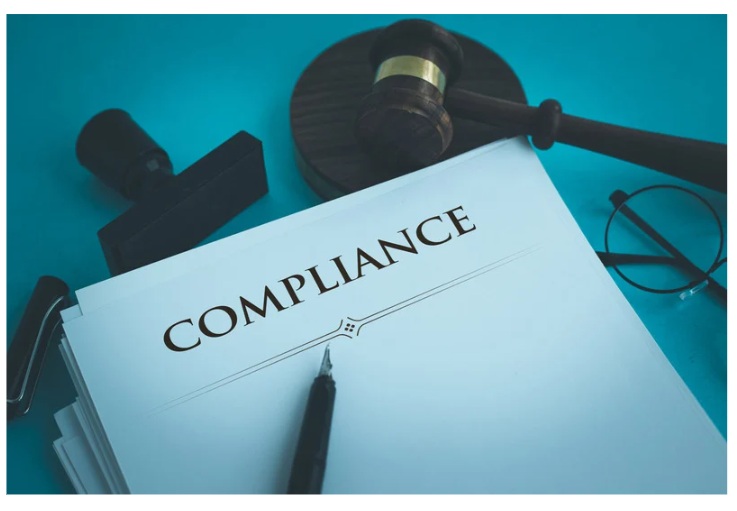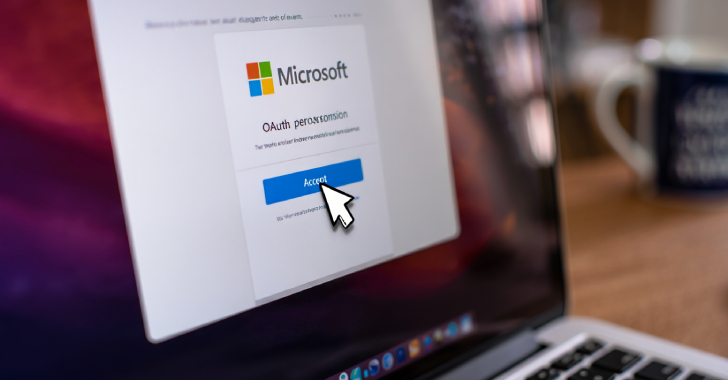
Frequently Asked Questions About SOX Compliance
SOX compliance might sound like jargon to the average person, but for many businesses, especially those in the public sector, it’s a critical component of their daily operations. If you’ve come across this term and found yourself scratching your head, you’re not alone. Let’s demystify SOX compliance by addressing some frequently asked questions.
- What is SOX Compliance?
SOX stands for the Sarbanes-Oxley Act, a US federal law introduced in 2002. This law was a direct response to significant corporate and accounting scandals, including those involving Enron and WorldCom. Its primary purpose is to protect shareholders and the general public from accounting errors and fraudulent practices in enterprises and to improve the accuracy of corporate disclosures.
- Who needs to comply with SOX?
Publicly traded companies in the United States, including all subsidiaries, affiliates, and foreign companies that have registered equity or debt securities with the Securities and Exchange Commission (SEC), must comply with SOX. Even private companies that are preparing for an initial public offering (IPO) might also consider implementing SOX-compliant controls to make the transition smoother.
- What are the key provisions of SOX?
While SOX has many sections, a few are particularly pertinent for most businesses:
Section 302: Requires senior management to certify the accuracy of the reported financial statements.
Section 404: Mandates that businesses establish internal controls and reporting methods to ensure the accuracy of financial data. Companies also need to have these controls evaluated and attested by an external auditor.
Section 802: Contains the penalties for altering or destroying financial records. It can result in fines or imprisonment for anyone found guilty.
- How does SOX impact IT departments?
Given that a lot of financial transactions and recording now happen electronically, IT systems play a pivotal role in maintaining and enforcing internal controls. SOX compliance requires companies to:
Ensure that electronic records are not tampered with.
Implement strong security measures to protect financial data.
Log and monitor all network activity related to financial transactions.
For IT, this can mean significant system and process overhauls, ongoing monitoring, and regular audits to ensure compliance.
- How often should a company review its SOX compliance measures?
Regularly. Best practices suggest that a company should not just view SOX compliance as a once-a-year task right before audit season. With the dynamic nature of business operations, internal controls should be continuously assessed and updated as necessary. Regular reviews ensure that the controls remain effective and evolve with the changing business environment.
- What happens if a company is not SOX compliant?
Non-compliance can have severe consequences. It’s not just about potential fines, which can be hefty, but also the loss of trust among stakeholders, shareholders, and the general public. In some cases, non-compliance can lead to imprisonment for company officers. Moreover, the SEC can also delist non-compliant companies from stock exchanges, leading to further financial implications.
- Is SOX compliance relevant only to US companies?
While SOX is a US regulation, its reach is global. Any foreign entity listed on US stock exchanges or doing significant business in the US must also comply with SOX requirements. Furthermore, SOX has set a precedent, leading many other countries to establish similar governance and compliance regulations.
- How can a company ensure it remains SOX compliant?
Maintaining SOX compliance involves several steps:
Continuous Training: Ensure that all employees, especially those in finance and IT, understand SOX requirements and their role in maintaining compliance.
Regular Audits: Schedule internal and external audits to evaluate the effectiveness of internal controls.
Update Systems and Controls: Technology and business processes evolve. Companies should regularly update their systems and controls to reflect these changes.
Open Communication: Foster a company culture where employees feel safe to report discrepancies without fear of retaliation.
- Are there tools to help with SOX compliance?
Yes, various software solutions can help streamline the compliance process by automating control activities, monitoring transactions, and generating necessary documentation. These tools can reduce manual labor, minimize errors, and ensure a more efficient compliance process.
- Has SOX been successful?
Since its inception, SOX has undoubtedly increased transparency and accountability in corporate financial reporting. However, some critics argue that its implementation can be costly for businesses, especially smaller ones. Nevertheless, the general consensus is that SOX has made significant strides in restoring public confidence in the wake of early 2000s financial scandals.
Conclusion
SOX compliance is an essential aspect of today’s business world, especially for public companies. By understanding its importance, its provisions, and its implications, businesses can better navigate this regulatory landscape, ensuring both compliance and improved financial integrity.
Contact Cyber Defense Advisors today to learn more about how our SOX Compliance Assessments can help you.





